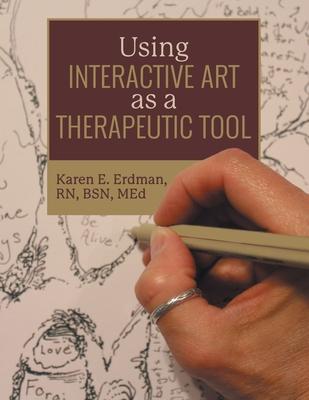We all carry memories of events and the people who have shared in our lives. Some of those memories are sweet and precious to us. Some of those memories can be extremely bitter. When bitter memories are the result of a traumatic experience, those memories can take root and stay locked inside of us, causing a host of painful, harmful and destructive outcomes. Thankfully, there are ways to move toward healthier thoughts, find emotional relief, and receive positive emotional support.
Karen Erdman combines her experience in teaching, art, and healing to offer an arsenal of tools in the form of original interactive art graphics. She presents a variety of suggestions for the use of these graphics by therapists, counselors, clergy, psychiatrists, and individuals to reach and transform the harmful mindset of those fighting the effects of trauma. With help from the included graphics, mental health and other professionals are encouraged to use the visual, auditory, reading/writing, and kinesthetic categories of learning to reeducate the brain and ultimately guide their clients on an introspective journey to heal from trauma.
Using Interactive Art as a Therapeutic Tool presents powerful and creative trauma therapy tools for practical use in restorative counseling for those who are wounded from trauma.

Using Interactive Art as a Therapeutic Tool
We all carry memories of events and the people who have shared in our lives. Some of those memories are sweet and precious to us. Some of those memories can be extremely bitter. When bitter memories are the result of a traumatic experience, those memories can take root and stay locked inside of us, causing a host of painful, harmful and destructive outcomes. Thankfully, there are ways to move toward healthier thoughts, find emotional relief, and receive positive emotional support.
Karen Erdman combines her experience in teaching, art, and healing to offer an arsenal of tools in the form of original interactive art graphics. She presents a variety of suggestions for the use of these graphics by therapists, counselors, clergy, psychiatrists, and individuals to reach and transform the harmful mindset of those fighting the effects of trauma. With help from the included graphics, mental health and other professionals are encouraged to use the visual, auditory, reading/writing, and kinesthetic categories of learning to reeducate the brain and ultimately guide their clients on an introspective journey to heal from trauma.
Using Interactive Art as a Therapeutic Tool presents powerful and creative trauma therapy tools for practical use in restorative counseling for those who are wounded from trauma.